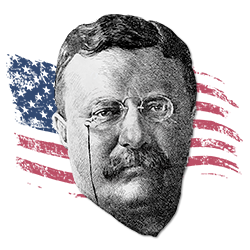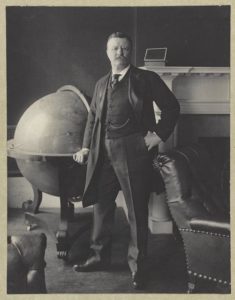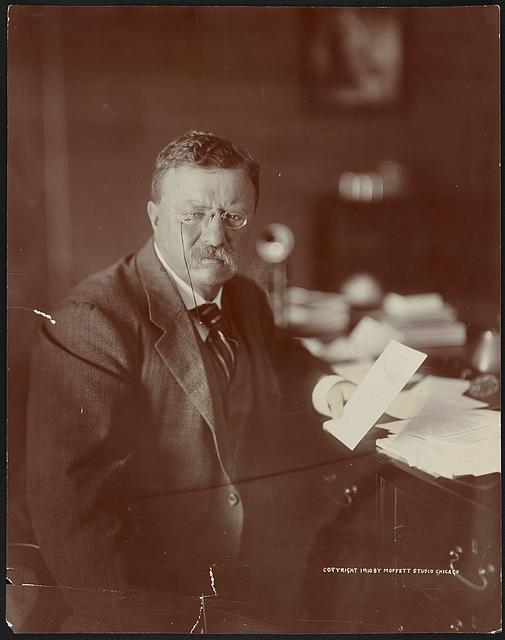
As we move on after the wreckage of the Trump administration, this call to courage from Theodore Roosevelt is both sobering and hopeful. Nationalists made a mistake in putting their hopes in Donald Trump. He damaged the nationalist brand, but not irreparably. The occasional successes of the last four years point the way to repairing the damage and rebuilding it on a positive policy platform.
First, we have to accept the reality of the damage. True American nationalism seeks to build a common American identity across cultural and other boundaries. Instead, Donald Trump associated it an ugly white ethnic nationalism that fed identity politics, rather than fighting it. A movement to create a progressive conservatism that strengthened America and the middle class instead enacted a major tax cut that benefited globalist corporations without requiring any corresponding investment in the nation. (see this previous post). Worse, it ended, not with a celebration of American culture and symbols, but with a sickening attack on the Capitol building, one of the citadels of American freedom itself.
However, there are unmistakable signs of success amidst these failures. The blue wave anticipated by Democrats never really materialized. As this article illustrates, Trump’s nationalist trade and immigration policies were popular not only with white voters, but also minority voters. The shift towards a realist foreign policy and the withdrawals from Afghanistan and the Middle East caused heartburn among mainstream neocons and liberal hegemonists, but fulfilled Trump’s major foreign policy promises. All of this forced candidate Biden to talk about buying American, creating good jobs and getting tough on China. Thus, while Trump’s rhetoric often failed to meet the reality, there were still solid accomplishments.
American nationalists now need to hold President Biden and Vice-President Harris accountable for results that matches their rhetoric. Biden’s Democratic Party is still led by a Senate majority leader that represents Wall Street and a Vice President and Speaker of the House from the headquarters of Silicon Valley and Big Tech. Their goal of union-wage level jobs is commendable, but will be worthless if companies shift production to China and elsewhere overseas as they did during the Obama Administration. Calls for unity are nice, but are hypocritical if they result in a new woke identity politics that essentially is a left-wing echo of Trump’s ethnic nationalism.
In order to recover from this setback, American nationalists need to highlight our common concerns by building coalitions across party and other boundaries. If Biden pursues policies that really create secure good-paying jobs that strengthen America, we should cheer for and support such policies. We also should remember the old maxim that all politics is local and start to build grass-roots organizations at the city, county and local level. Finally, we should avoid social issues so long as tolerance is observed on both sides.
TR’s life was a study in indomitable courage against seemingly insurmountable odds, whether political, intellectual or military. He experienced numerous failures as well as historic successes. As fellow American nationalists, we are called to pick ourselves up and continue the fight for a strong America and the American Dream for all.


